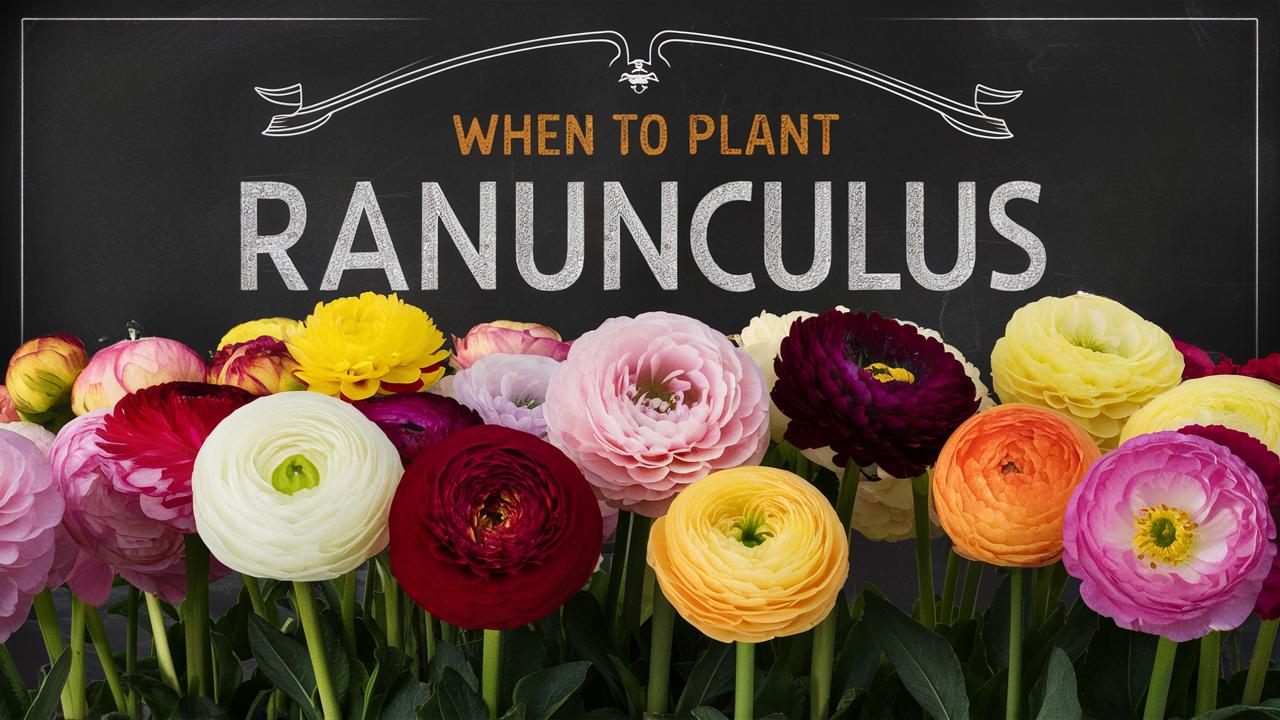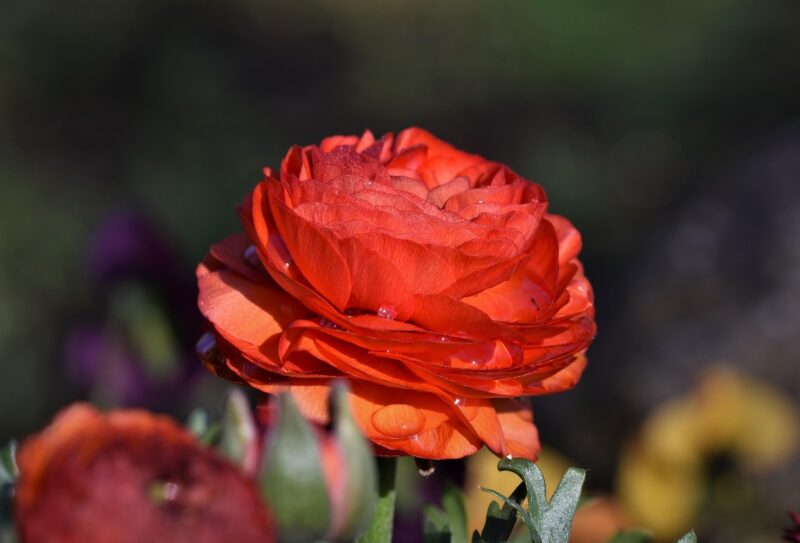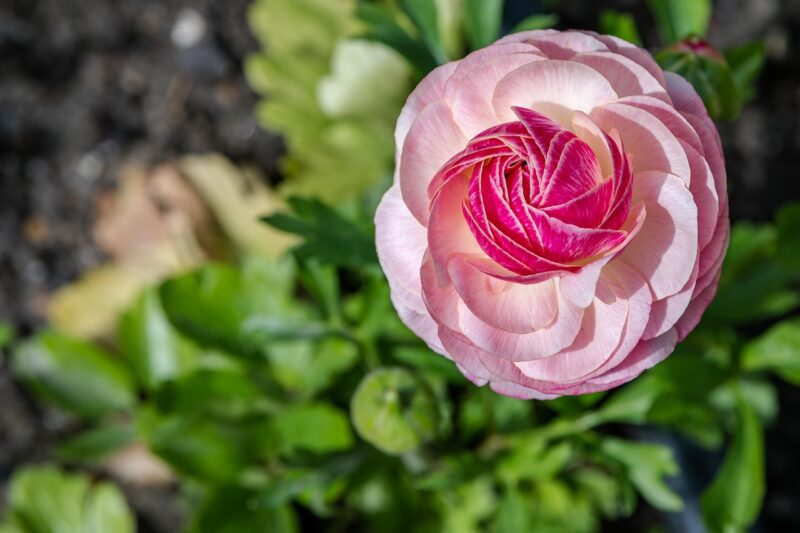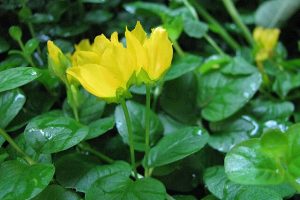In this guide, we will explore the optimal planting time, the growing conditions they prefer, and how to care for them post-planting to achieve the best results.
Understanding Ranunculus
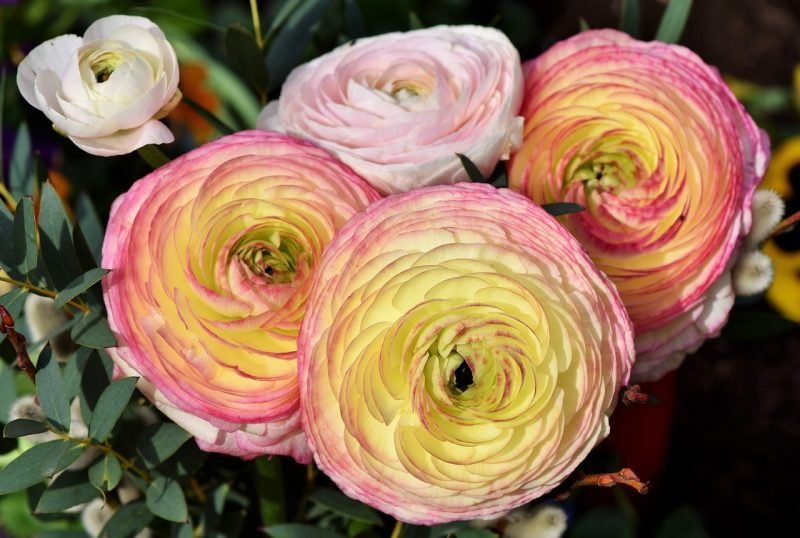
Before diving into the specifics of planting, let’s take a moment to appreciate what ranunculus is and why it has garnered such popularity. The genus Ranunculus consists of several species, among which the most popular in horticulture are the Ranunculus asiaticus, often referred to as Persian buttercup. Known for their stunning colors ranging from serene pastels to vivid hues, ranunculus flowers bloom in spring and can often last through early summer. Their striking appearance makes them a favorite for bouquets and floral arrangements.
The Ideal Climate for Planting Ranunculus

Defining Zones
Ranunculus grows best in USDA hardiness zones 8 to 10, where winters are milder. Knowing your hardiness zone can greatly help you determine when to plant these beautiful flowers. For those residing in cooler climates, especially zones below 8, it’s essential to consider the planting time and methods that can accommodate lower seasonal temperatures.
Temperature Preferences
These flowers thrive in moderate temperatures. The optimal soil temperature for planting ranunculus tubers is around 60°F to 65°F (16°C to 18°C). This typically aligns with the time right before spring, allowing for a gorgeous bloom as the weather warms. Excessive heat, on the other hand, can cause the plants to wilt and reduce their overall blooming potential.
When to Plant Ranunculus: A Seasonal Overview
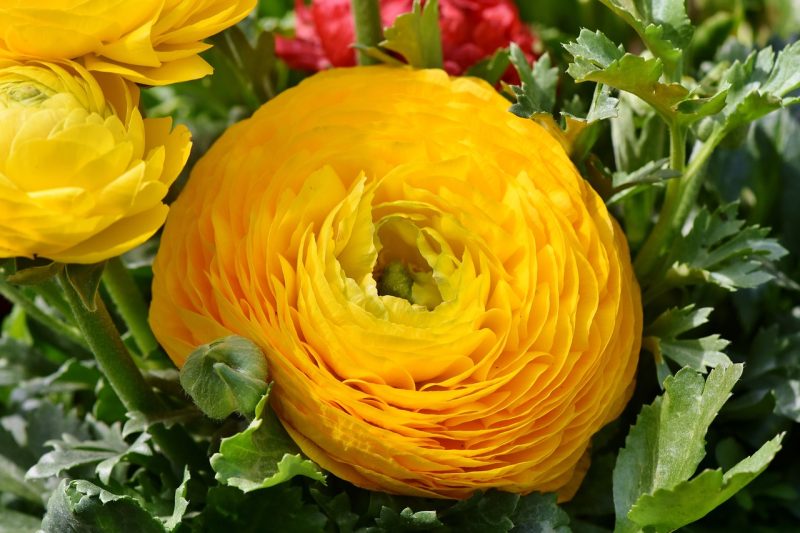
Determining the precise timing for planting ranunculus hinges on local climate and seasonal variations. Here’s a breakdown of the best practices for various regions:
1. Spring Planting
For most temperate climates, the ideal time to plant ranunculus is in early spring, when the threat of hard frosts has passed and the weather begins to warm. This usually falls between mid-March to late April, depending on your location. Planting during this time allows the ranunculus tubers to establish their roots before the heat of summer takes hold.
2. Fall Planting in Mild Climates
If you live in a region with warm winters (such as USDA zones 8-10), consider planting ranunculus in the fall. By placing your tubers in the ground in October or November, you provide them with a head start for spring blooms. This method is beneficial as it allows the plants to establish roots during the cooler months while avoiding the plant stress associated with spring planting in hotter zones.
3. Indoor Planting
For those who want to enjoy ranunculus blooms earlier in the season or in areas with unpredictable spring weather, planting ranunculus indoors is also an option. Starting ranunculus tubers in pots indoors about 6 to 8 weeks before the last expected frost date can lead to lush blooms when you eventually transplant them into the garden.
Preparing for Planting Ranunculus

Choosing the Right Location
Selecting the location for your ranunculus is a foundational step that dictates their success. These flowers prefer full sun to partial shade—at least 4 to 6 hours of sunlight each day is ideal. An area with good air circulation can also help to prevent diseases that can afflict ranunculus.
Soil Preparation
Ranunculus needs well-draining soil rich in organic matter. Before planting, prepare your garden bed by amending the soil with compost or well-rotted manure. Ensuring that there is good drainage is critical; ranunculus tubers can rot in overly wet conditions. If your soil is heavy clay, consider raising the planting beds or using a mix of potting soil to improve drainage.
How to Plant Ranunculus
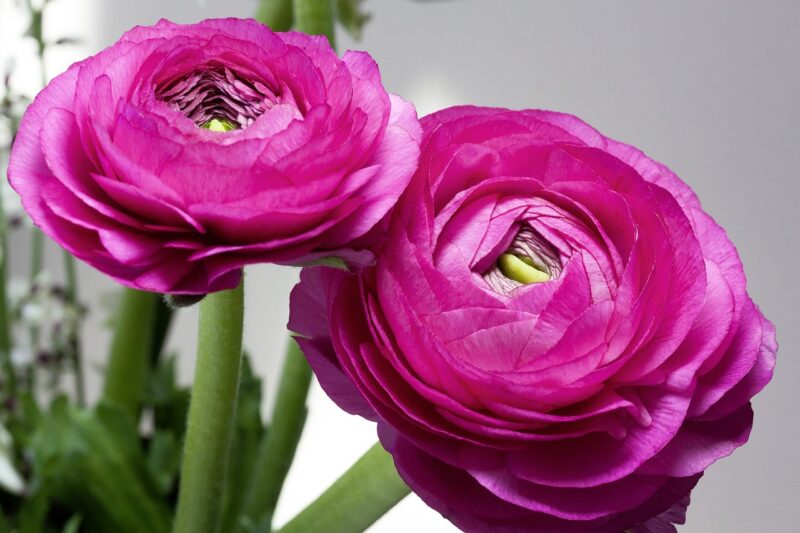
Planting Depth and Spacing
When you’re ready to plant, each tuber should be placed about 1 to 2 inches below the soil surface, with the pointed end facing upward. Spacing is just as critical; aim for 8 to 12 inches apart to ensure they have room to grow and spread without competing for nutrients.
Watering After Planting
After planting, give the tubers a gentle watering to settle the soil around them. While it’s important to keep the soil moist, avoid overwatering. Ranunculus prefers a consistent level of moisture, especially during germination. Use a fine spray or watering can to keep the surface moist without washing away the soil.
Caring for Ranunculus After Planting
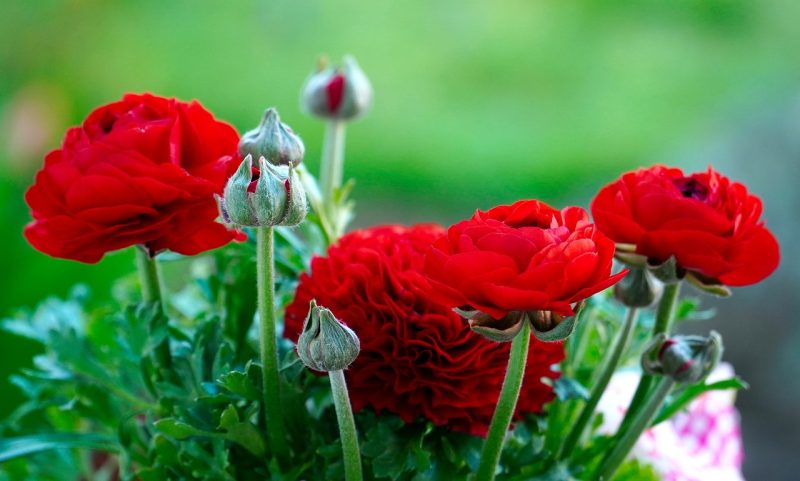
Establishing a Watering Routine
Once the ranunculus starts to grow, typically within two to three weeks, establishing a regular watering schedule is crucial. Ensure the soil remains consistently moist but not soggy. Watering deeply once a week is often sufficient, adjusting for rainfall and the nature of your soil.
Fertilization Needs
To encourage healthy growth and robust blooms, fertilizing ranunculus can be beneficial. Use a balanced, water-soluble fertilizer every 4 to 6 weeks, beginning shortly after the shoots emerge. Too much nitrogen can lead to excessive foliage at the expense of flowers, so a balanced fertilizer is ideal.
Pest and Disease Management
While generally resilient, ranunculus can face challenges from pests such as aphids and thrips. Regularly inspect the foliage and flowers for these pests; if found, use insecticidal soap or neem oil as a natural treatment. Additionally, maintaining good air circulation and avoiding overcrowding can help prevent fungal diseases.
Understanding Bloom Time
Anticipating Blooms
Typically, you can expect your ranunculus to start blooming in late spring to early summer, approximately 8 to 12 weeks after planting. The exact timing will depend on your climate and the specific growing conditions you provide.
Duration of Bloom
The blooms of ranunculus can last for several weeks, often extending the flowering period based on continual deadheading—removing spent blooms can encourage new flowers and prolong the blooming season, with some varieties blooming well into early summer.
Extending the Life of Your Ranunculus
Once your ranunculus has finished blooming, how you handle care becomes crucial for continued growth. Deadheading spent flowers can encourage new growth and extend the bloom period. While ranunculus is typically treated as an annual in regions with colder winters, in milder climates, the tubers can be left in the ground and may re-emerge in the next growing season if adequately protected.
Preparing for Dormancy
In cooler climates or where winter temperatures dip significantly, it’s advisable to dig up ranunculus tubers post-bloom after the foliage has yellowed and died back. Allow them to dry out for a week in a shaded location and then store them in a cool, dry place to protect them from frost.
Conclusion
Planting ranunculus is a rewarding venture that can bring color and life to your garden. By understanding the optimal planting times, climate preferences, and care requirements, you can harness the full potential of these beautiful flowers.


